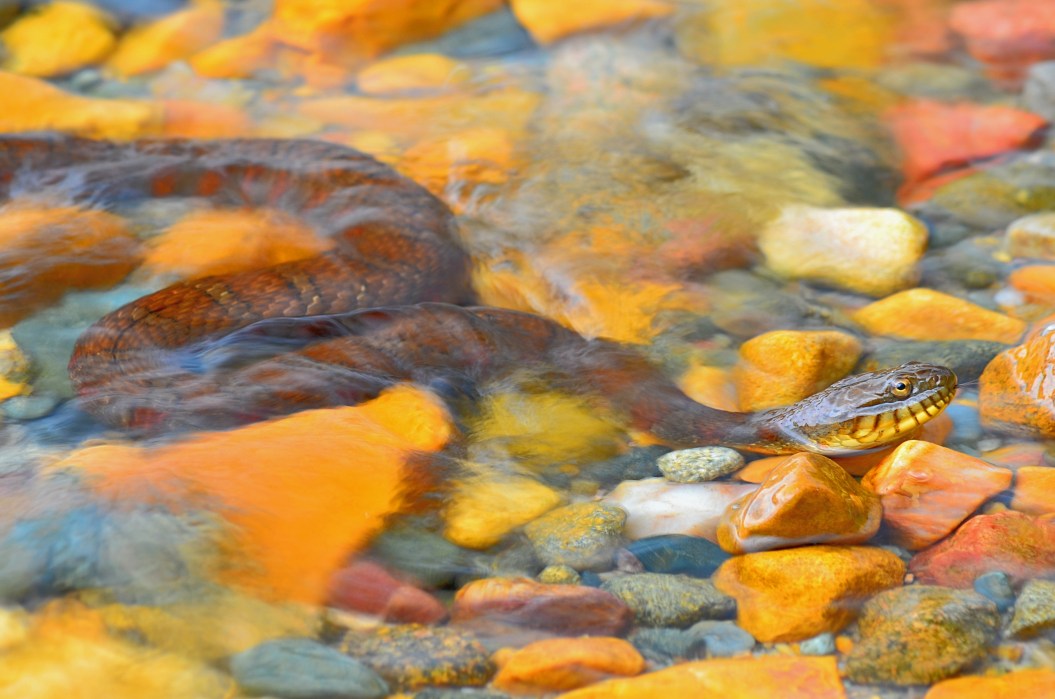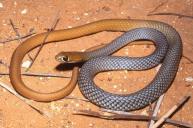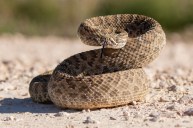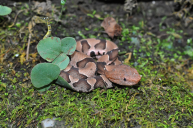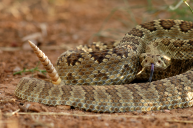It's a common sight in ponds across the United States: a wiggly brown snake gliding across the surface of the water. It could be a venomous snake (yikes!). But chances are, it's just a harmless northern water snake, one of the most common water snake species in the country.
The northern water snake is often seen by fishermen and kayakers. And, sadly, these large snakes are often killed needlessly because they are mistaken for venomous snake species (though you shouldn't kill those snakes, either).
Let's break down how to identify northern water snakes and what to do if you encounter one.
What Does a Northern Water Snake Look Like?
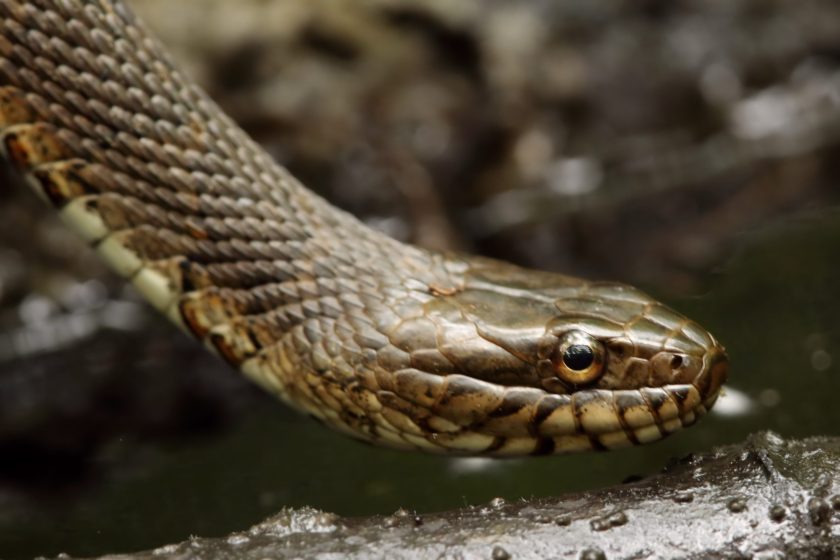
The non-venomous northern water snake (Nerodia sipedon) often finds itself in conflict with humans because its appearance and the aquatic habitats where it lives cause people to mistake it for venomous snakes like the cottonmouth, copperhead, or water moccasin.
According to the National Wildlife Federation, these snakes can be varying shades of gray, tan, buff, or brown. The underside of the snake is usually much lighter in color and is covered with a series of half-moons or crescent shapes. These markings are usually red or black, although most people never get the chance to see them. Some snakes may not show any distinctive crossbands or other markings and can take on a near-uniform gray or black coloration. Juvenile snakes often appear more brightly colored than the adults, so it's the adults that are more often mistaken for copperheads or cottonmouths.
Water snakes and water moccasins are from two different families (respectively, Colubridae, the largest snake family; and Viperidae, or vipers). The similarity may be an evolutionary adaptation of the water snakes to avoid predators, according to Bill Heyborne, a herpetologist and professor of biology at Southern Utah University.
Another factor that leads to people mistaking this snake for a more dangerous variety is the northern water snake's head. Its slightly angular shape bears a resemblance to the triangular heads of many venomous snakes. However, like many non-venomous snake varieties, the water snake's eyes are rounded in shape instead of vertical slits. When agitated, northern water snakes may flatten their bodies and even bite at the threat, but again, they have no venom to cause further harm.
Fully grown northern water snakes are between 2 and 4½ feet long, with the majority measuring about 3½ feet. For many northern portions of the U.S. and Canada, that is a large snake—which is another reason this snake has stirred unfounded fears in some people.
Northern Water Snake Range, Habitat, and Behaviors
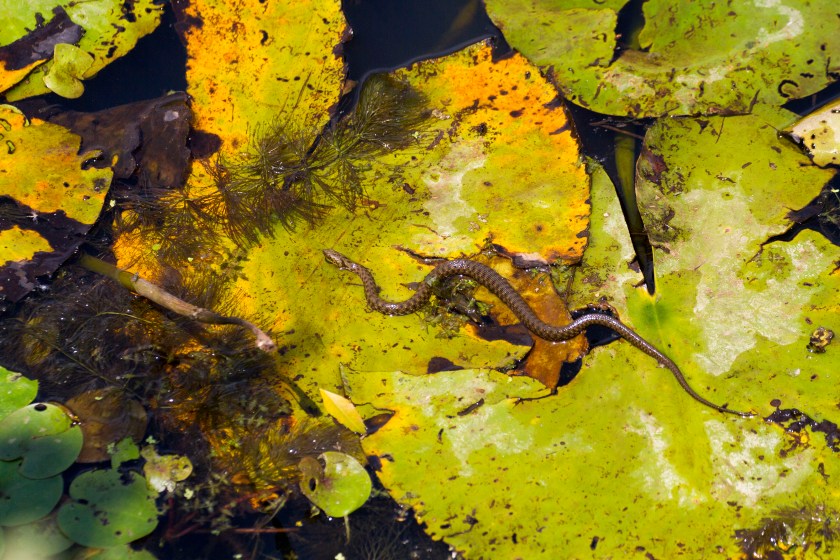
Getty Images, ElrondPeredhil
Northern water snakes live in a wide variety of aquatic habitats. They prefer slow-moving or standing water near places where they can get out onto rocks and bask in the sun, such as ponds, vernal pools (seasonal pools of water), and lakes.
They occupy much of North America, from southern part of the Canadian province of Ontario in the north all the way to to Texas in the south. They live near lakes, ponds, marshes, rivers, and canals—just about anywhere there's fresh water. They also occur in brackish and saltwater habitats.
Proficient hunters, these snakes help control populations of rodents and other small mammals. They have also been documented to eat small fish, salamanders, leeches, crayfish, frogs, tadpoles and other small creatures common in and near the water's edge.
What to Do if You Encounter a Northern Water Snake
People often come across northern water snakes while fishing, hiking, or swimming, making some human-snake encounters inevitable. Do not panic; instead, simply observe at a distance. If you leave the snake alone, it will leave you alone. Remember that most snake bites, both venomous and nonvenomous, tend to happen when someone attempts to capture or kill the animal.
The northern water snake is a helpful species that helps bring balance to natural aquatic ecosystems. It's better for both human and snake to simply give them their space.
